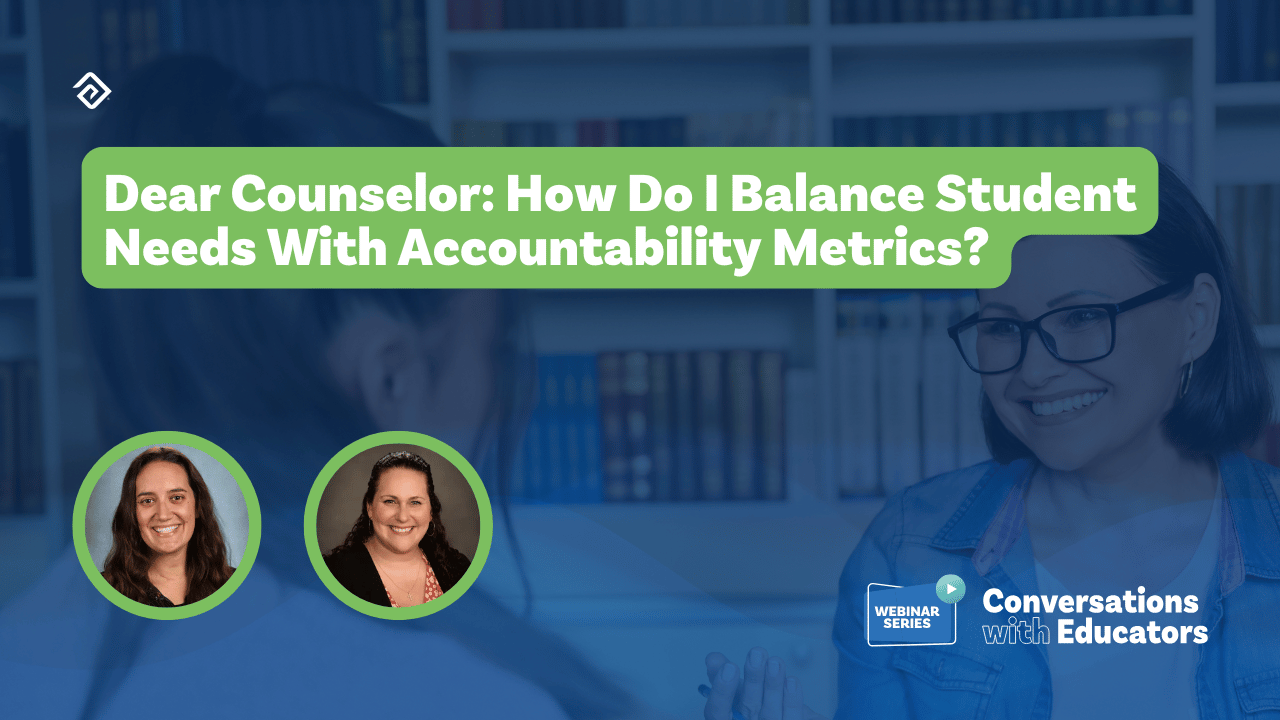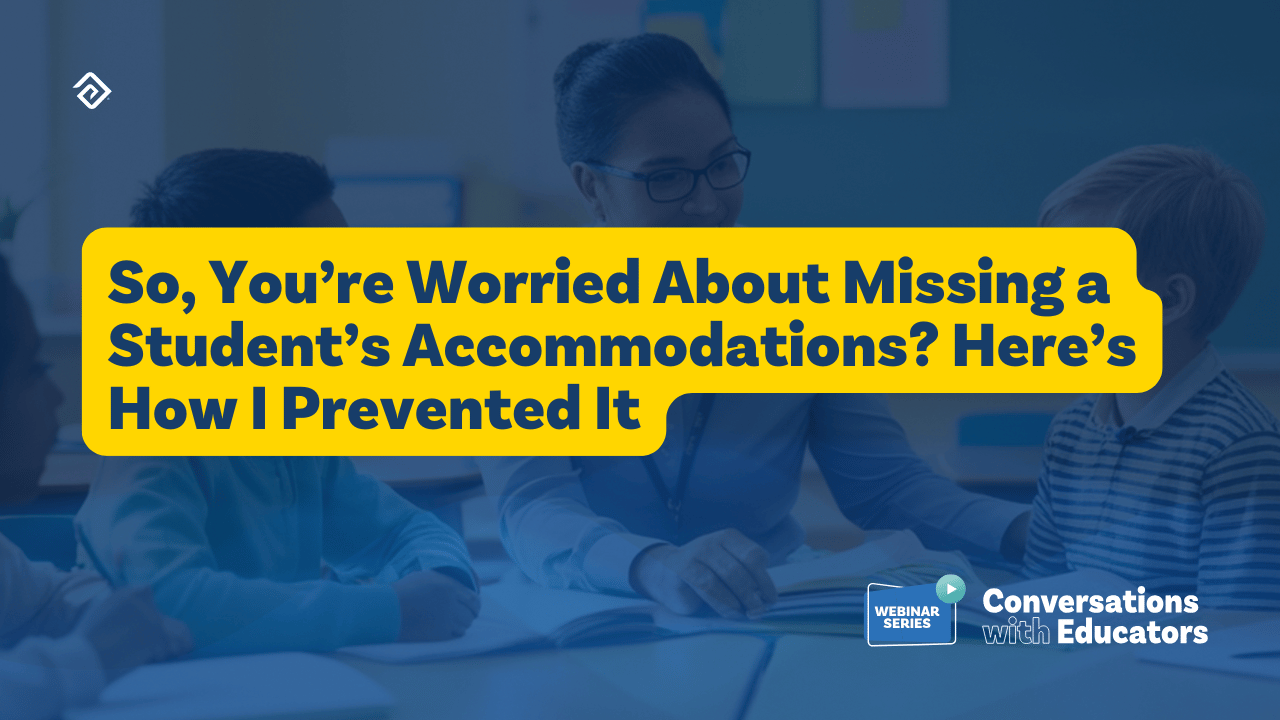Vertical Alignment in Education: 4 Ways To Improve Schooling

Vertical alignment describes what you want students to know as they move through each grade in a content area linking concepts from grade to grade to create a long-term plan for teaching. This planning method provides the framework for learning and teaching skills and knowledge from the basics, or the foundation, moving to more advanced learning through each class and grade.
Vertical alignment in schools delivers a smooth, organized curriculum that prepares students for the next grade or level. While every teacher may introduce different elements within the course based on individual teaching styles, the basic structure focuses on a specified section or content area of learning for each level.

While some teachers may use different strategies or additional resources to enhance learning, the parameters are identical within each grade.
Why Is Vertical Alignment Important?
When a curriculum is vertically aligned, students should come with the same background knowledge, vocabulary and overall concepts so there is less frustration and an easier transition as the school year gets started. The previous year’s class will have provided all the necessary vocabulary, information, content, and resources to prepare students for the following year. They are adequately prepared for class and start on the “same page,” which better utilizes time from the start.
There are many reasons designing a course layout with a vertical-align model is essential:
- It reduces the time needed during the early part of the school year of reviewing prior year content.
- There are smaller gaps in the learning process because all teachers and students are on the same level of understanding before they begin their course.
- It’s easier for parents to support their kids, as the curriculum is better aligned to help them transition to the next grade.
- There are greater opportunities for teachers to discuss course material, projects, and exam requirements so that all students understand the course's expectations, benchmarks, and ultimate goal.
- It streamlines all courses at the same level so that teachers or students transferring from one school to another can quickly adapt to the same curriculum.
While there may be challenges in implementing various topics into a vertically aligned curriculum, there is great value in creating a school system that minimizes issues and gaps while focusing on the “big picture.”
How to Improve Vertical Alignment in the School System
Once schools establish vertical alignment, it’s essential to focus on continuous improvement to the main content, resources, assessments, and priority content areas that fit into the framework.
Teachers need time to assess how the current course layout works for their students and pinpoint areas of improvement. While this process takes time to evolve into an effective structure, there are several ways to boost the efficiency of the curriculum.
1. Set Aside Time to Assess and Plan
It takes a significant time investment to plan and create a proper course outline and curriculum for the school. This process is best scheduled in manageable time slots because it involves collaboration between teachers across grade levles and school administrators. It’s also important to set expectations and a clear structure, so everyone understands how content areas fit into the course framework.
Meetings and discussions take time, as school professionals need to decide what to keep, add, and compromise on for each course. Setting standards, vocabulary, skill milestones, introducing new ideas and allowing for a margin of flexibility that improve student learning outcomes are crucial.
2. Focus on Key Areas
It’s overwhelming to change everything at once, even if there is agreement among teachers and school administrators. For this reason, teachers must set a baseline or foundation to determine which areas of a course or study are priorities for change. Experienced teachers often have great ideas for developing course plans based on their years of knowledge and student evaluations.
While some teachers may suggest a complete overhaul of a course plan, it’s best to follow research-based practices and implement changes one step at a time. Cutting all or most content from a course could result in a poorly structured plan, even with better, more enriching content.
Furthermore, teachers and school administrators will find replacing a full course outline frustrating and time-consuming. In contrast, a focus on critical areas can prove more valuable and yield better results.
3. Plan Annual Changes
With a structured approach in mind, planning annual changes is important, as this approach establishes a routine of reviewing each course to ensure relevance and effectiveness. It’s key to plan this process with fresh ideas and good organization, with a focus on which areas to implement change. Before any new content or curriculum updates, it’s vital to run trials to ensure the new ideas are practical for students.
Careful planning and well-implemented updates are less tedious than re-inventing a new course and possibly frustrating teachers, parents, and students. Overall, a robust annual review aims to improve the educational process and create a more inclusive, enjoyable learning environment.
4. Set Clear Goals and Learning Benchmarks
When there are clear goals and benchmarks for learning, any changes to a course can be monitored for the efficacy and within the guidelines of achieving better outcomes. While teachers may have a specific idea of what to change in a course, a clear direction or outline provides the framework needed for relevant updates. It’s also a way to keep continual improvements on track with well-thought-out planning and feedback to achieve the best results.
Summary
While every curriculum benefits from clear expectations and goals, it’s important to plan changes to vertical alignment in education to ensure success in the classroom. When students can reach milestones and meet or exceed expectations, teachers can focus on other areas of development, including social and supportive activities.
It’s essential for schools to set a plan for course review and the support needed to help teachers deliver the course materials and skills students need to succeed. While the beginning of every year requires a quick overview of the previous course’s material, vertical alignment provides a more consistent learning structure so preparatory review of previously covered material is minimized.
Vertical alignment is a great way to prepare teachers and students for the next year. While a large-scale curriculum review doesn’t help teachers plan day-to-day classes, it provides a more robust framework for better planning, evaluation, and learning outcomes.
If your school is interested in new ways to improve the learning experience for children, you may also be interested in automating tasks and streamlining processes so that your teachers have more time to teach. Education Advanced offers a suite of tools that may be able to help. For example, four of our most popular and effective tools are:
- Evaluation is a solution for documenting every step of the staff evaluation process, including walk-throughs, self-evaluations, supporting evidence, reporting and performance analytics.
- Pathways is a graduation tracking tool that allows administrators and counselors to create, track, and analyze graduation pathways to ensure secondary students are on track to graduate.
- Testhound, our test accommodation software, helps schools coordinate thousands of students across all state and local K-12 school assessments while taking into account dozens of accommodations (reading disabilities, physical disabilities, translations, etc.) for students.


More Great Content
We know you'll love



